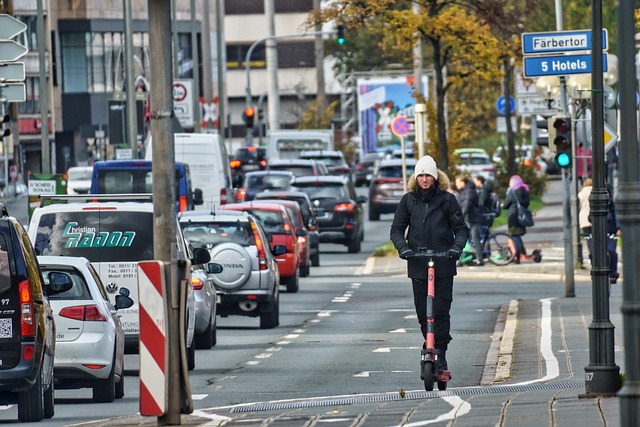In recent years, the focus on transport sustainability has become crucial for improving the lives of individuals in rural communities. These areas, often overlooked in urban-centric planning, face unique mobility challenges that hinder development and access to essential services. Community mobility programs are emerging as a beacon of hope, transforming how rural residents navigate and engage with their surroundings.
Transport sustainability aims to create systems that are not only environmentally friendly but also socially equitable. In rural settings, sustainable transport programs can take many forms, from bicycle-sharing initiatives to the implementation of electric bus services tailored for local needs. These programs not only reduce carbon footprints but also foster a sense of community by connecting individuals with each other and the resources they need.
For many, mobility is more than just getting from point A to point B; it’s about accessing opportunities, healthcare, education, and social interactions. Community mobility programs play a crucial role in rural development by breaking down barriers to movement. For instance, consider a community that implements a shared transportation initiative, allowing residents to pool their resources and cars for trips to local markets or healthcare facilities. This kind of cooperative effort not only ensures that everyone can participate but also strengthens communal ties.
Furthermore, sustainability in transport is about innovation. It invites local governments and stakeholders to explore alternative solutions that fit within the rural context. Electric or hybrid vehicles specifically designed for rural terrains can reduce greenhouse emissions while maintaining the accessibility of service routes. These innovations can pave the way for new economic opportunities, placing rural areas on equal footing with urban centers in terms of accessibility and growth.
However, for these community mobility programs to gain traction, there must be a collaborative effort among local leaders, residents, and government entities. Engaging community members in the planning process allows for programs that reflect their true needs. Rural residents often have insights that can lead to innovative solutions tailored to their specific context, from necessary routes to the right types of vehicles that can handle the local landscape.
Beyond just transportation, these programs can stimulate rural economies, encouraging local businesses by making them more accessible. When residents can easily reach shops, markets, and services, they are more likely to support local economies. This cycle of empowerment through mobility not only enhances the quality of life but also promotes sustainable growth that aligns with environmental values.
Ultimately, the transformative power of community mobility programs lies in their capacity to unify and uplift. By prioritizing sustainable transport in rural development, we foster environments where individuals feel a true sense of belonging and purpose. Mobilizing rural communities not only enhances their day-to-day lives but also catalyzes a wider shift towards sustainability and resilience, creating a pathway for future generations to thrive.



